15 Ways to Care for and Preserve Your Vintage Handbags
Vintage handbags carry a unique charm and often hold both style and history. Keeping them in good condition takes a bit of care, but small habits can make a big difference over time. With the right storage and gentle upkeep, your collection can stay beautiful and ready to enjoy for years.
This post may contain affiliate links, which helps keep this content free. Please read our disclosure for more info.
Store handbags in dust bags or pillowcases
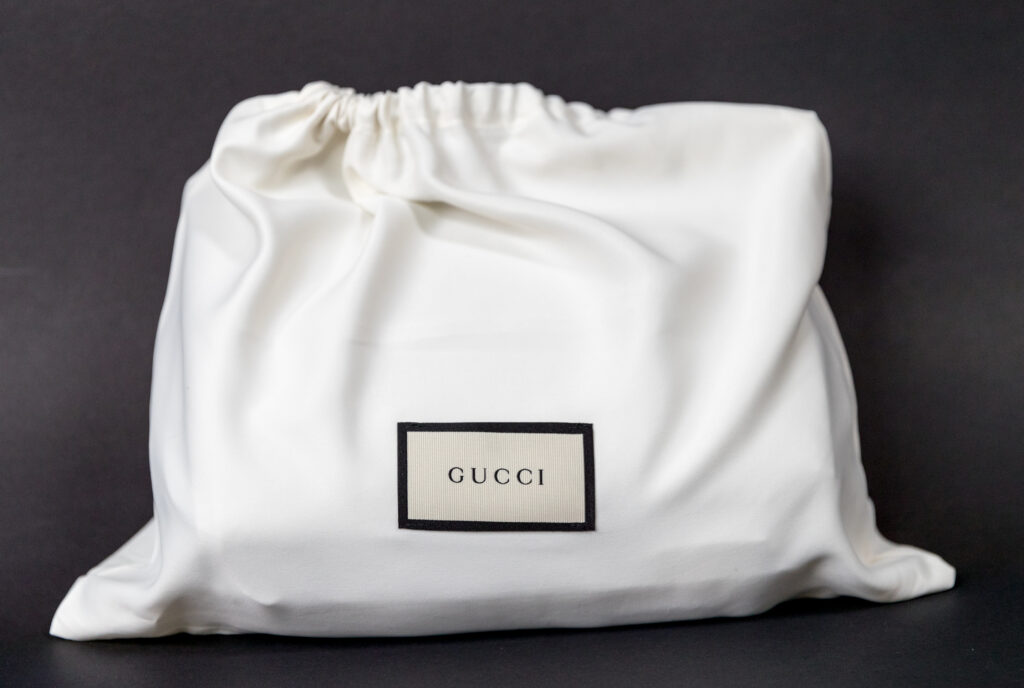
Keeping handbags in dust bags or clean cotton pillowcases helps protect them from scratches and dust. These covers create a soft barrier that prevents accidental scuffs during storage. Clear plastic covers should be avoided since they can trap moisture and damage the material.
When placing the bag in its dust bag, make sure it is dry and clean first. A simple cloth bag allows the leather or fabric to breathe, which is important for preventing odor and discoloration. This small step can help the handbag stay in good condition between uses.
Avoid hanging bags by their straps
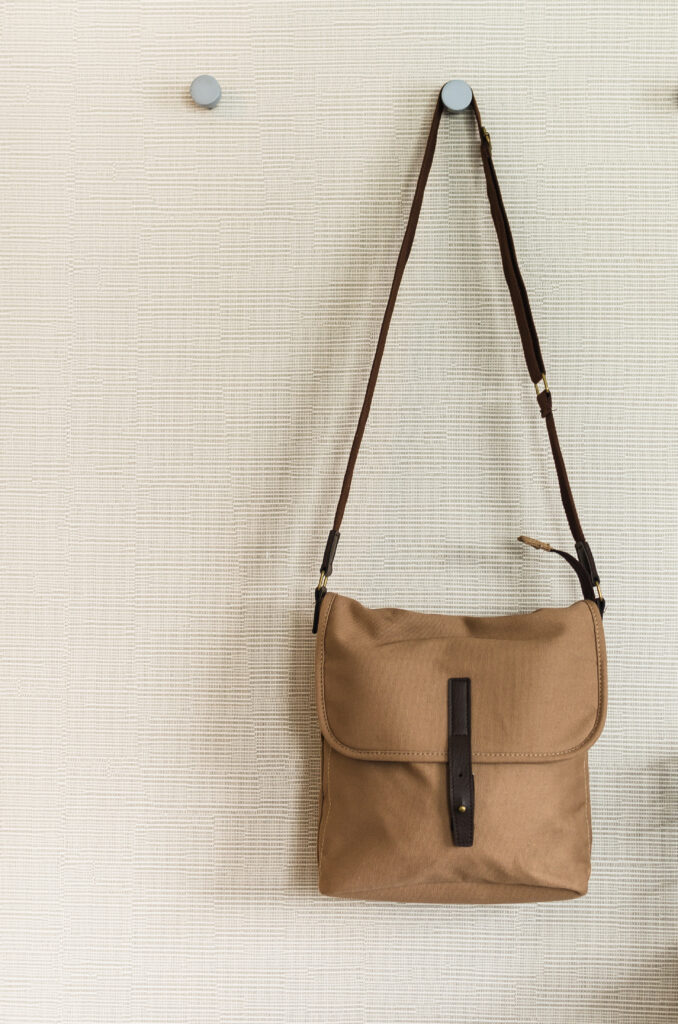
Hanging a handbag for long periods can cause the straps to stretch and weaken. The weight of the bag pulls on the stitching, which may eventually lead to cracks or breaks. Storing bags upright on a shelf is a safer option.
If space is limited, use shelf dividers to keep them standing without leaning. This prevents straps from carrying unnecessary pressure. In the long run, this habit keeps both the bag and its hardware intact.
Store in a cool, dry place away from sunlight
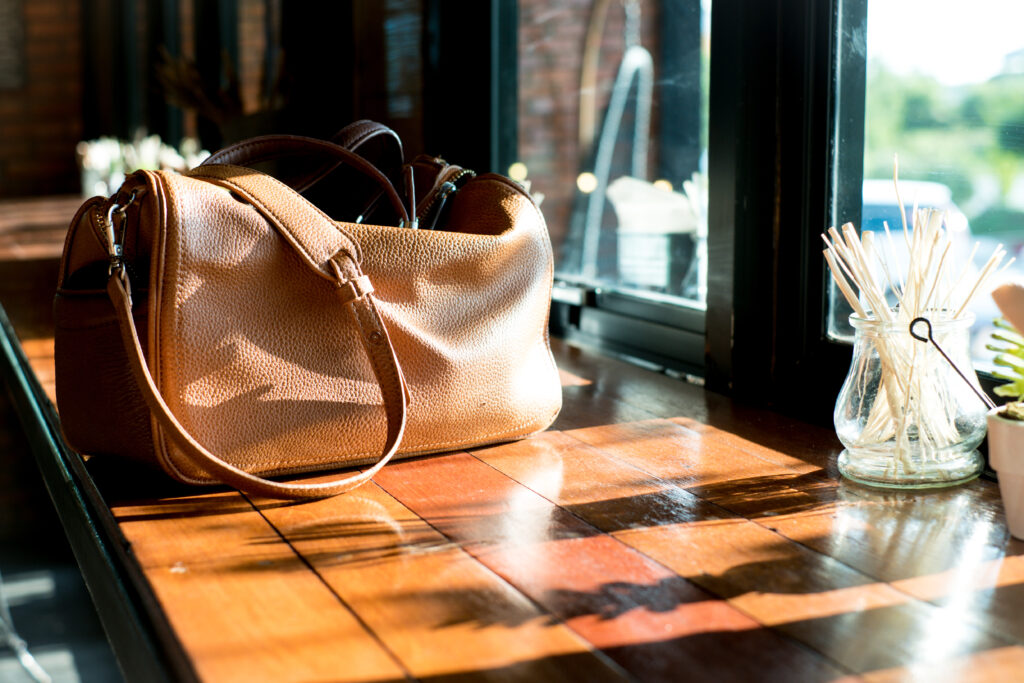
Sunlight can fade colors and dry out leather, while humidity can create mold. Storing handbags in a cool and dry area protects both their material and structure. Closets with good airflow are usually the best option.
Avoid leaving them near windows, heaters, or air conditioners. These spots create extreme temperature changes that can stress delicate fabrics. A stable environment helps maintain the handbag’s natural look and feel.
Use silica gel packets
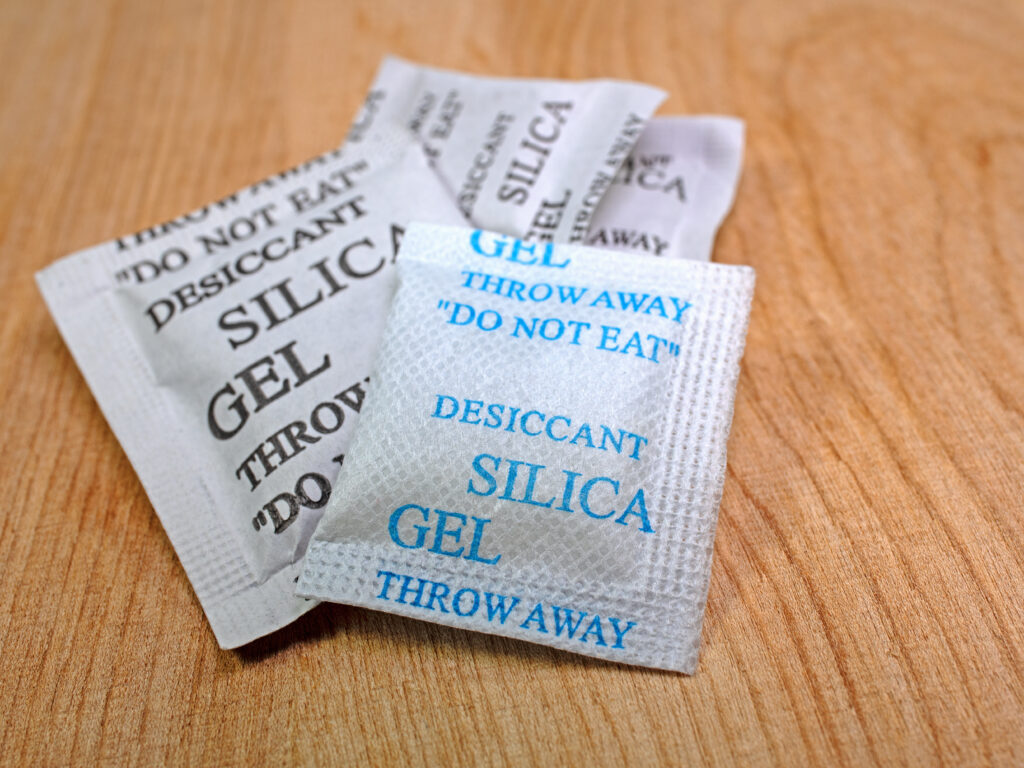
Moisture is one of the biggest threats to vintage handbags, and silica gel packets are a simple solution. They absorb excess humidity and prevent mold or musty odors. Small packets can be tucked inside the bag or placed nearby.
Replace the packets regularly so they continue to work effectively. If you live in a humid climate, this step becomes even more important. It is a discreet way to keep your handbags fresh and protected.
Rotate usage
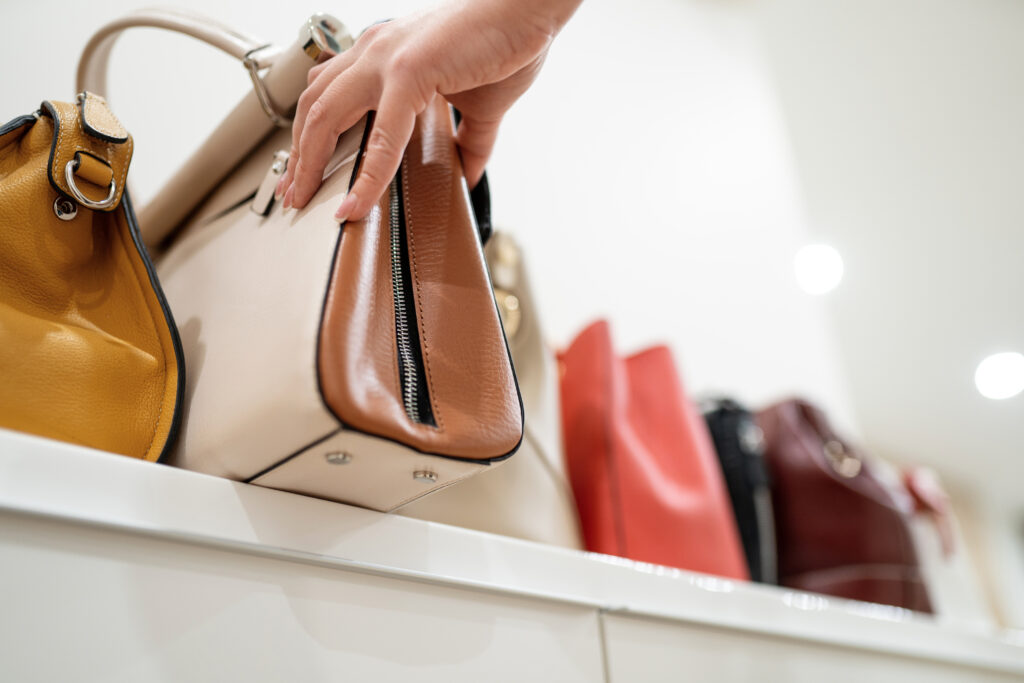
Using the same handbag every day puts stress on its straps, seams, and lining. By rotating your bags, you give each one a rest and extend its lifespan. This also allows you to enjoy more pieces in your collection.
Even short breaks from use can prevent wear in high-contact areas. Switching between different handbags helps balance out the strain. Over time, this habit reduces the risk of damage from daily handling.
Handle with clean hands

Oils, dirt, and lotions from hands can transfer easily onto handbag surfaces. This can leave stains, especially on light-colored leather or fabric. Washing or wiping hands before handling helps reduce buildup.
Keeping a small microfiber cloth nearby is useful for quick touch-ups. Gentle care during handling preserves the handbag’s finish and appearance. Being mindful of this step keeps your vintage pieces looking fresh longer.
Avoid overfilling
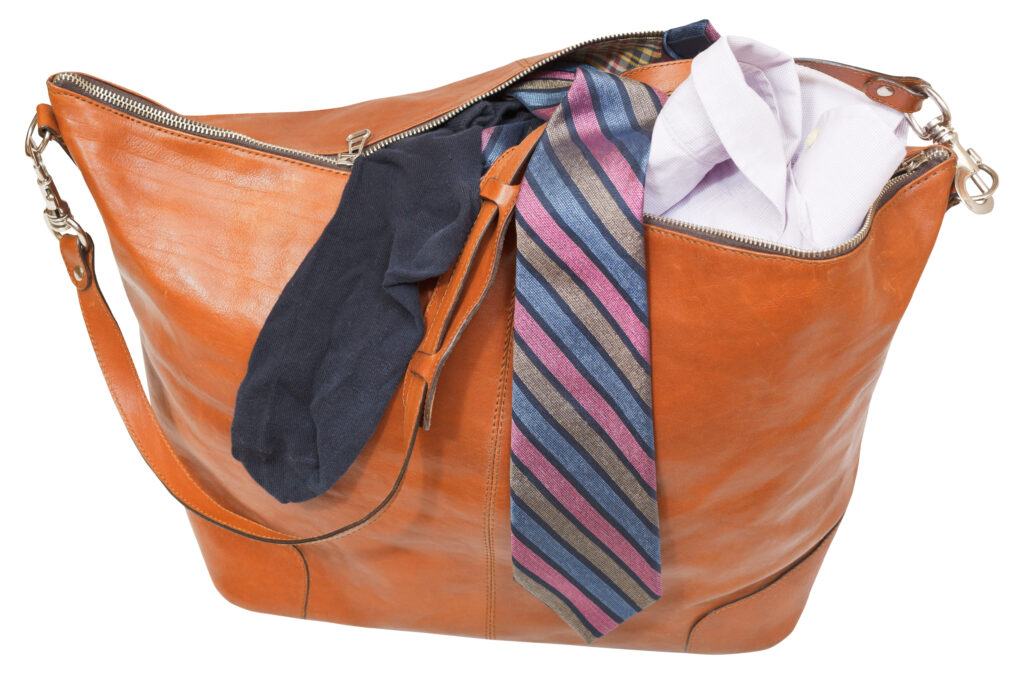
Stuffing too many items inside a handbag stretches seams and distorts its shape. Zippers and clasps can also weaken when forced shut. A handbag is designed for a certain capacity, and staying within that limit keeps it intact.
If you need to carry more, consider using a pouch or small tote alongside your handbag. This prevents unnecessary strain while still keeping essentials close. With mindful use, the bag will remain strong and stylish.
Wipe down regularly with a soft, dry cloth
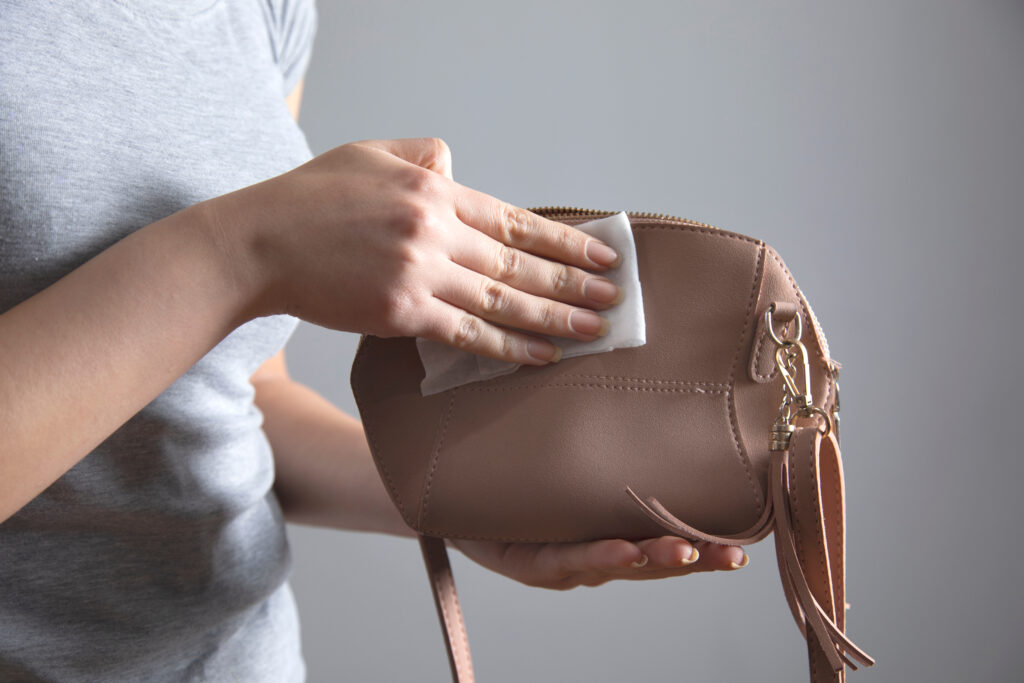
Dust and light dirt can be removed by gently wiping the handbag with a soft, dry cloth. Regular upkeep prevents grime from settling into the material. A quick wipe after use can keep the bag fresh.
For leather, microfiber cloths are best since they are gentle and effective. Avoid using water unless necessary, as it may leave marks. This simple routine keeps handbags looking cared for without extra effort.
Condition leather every few months
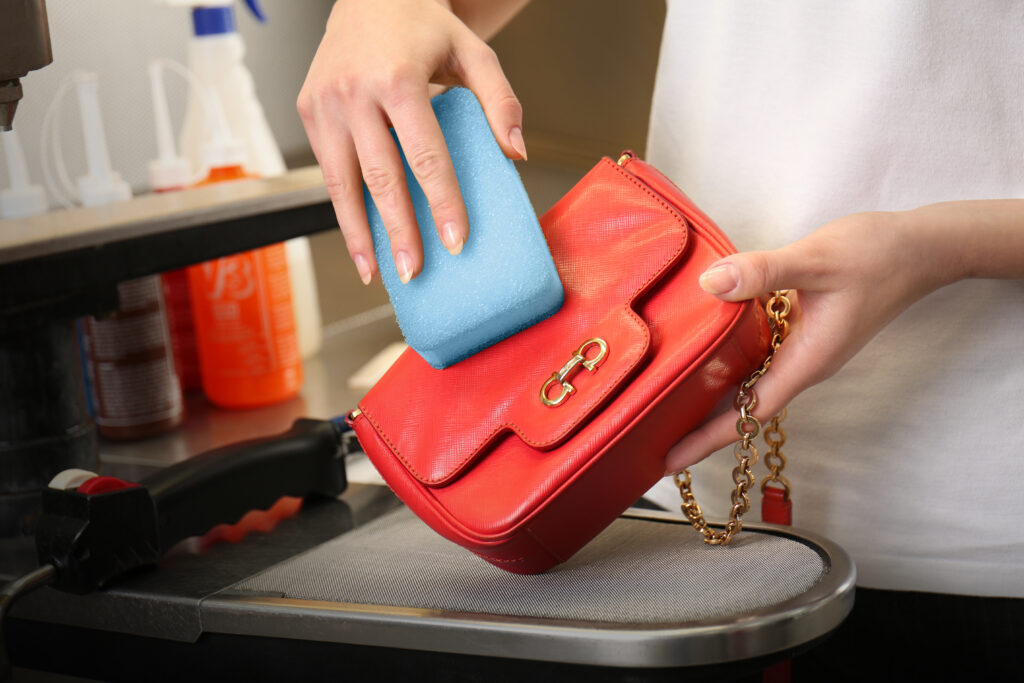
Leather needs moisture to stay soft and supple. Using a gentle, pH-balanced conditioner every few months prevents cracking and stiffness. Apply sparingly and always test on a small area first.
Do not over-condition, as too much product can cause buildup. Light, even application is enough to restore balance. This habit helps leather handbags age gracefully while keeping them usable.
Keep bags away from perfumes and hairspray
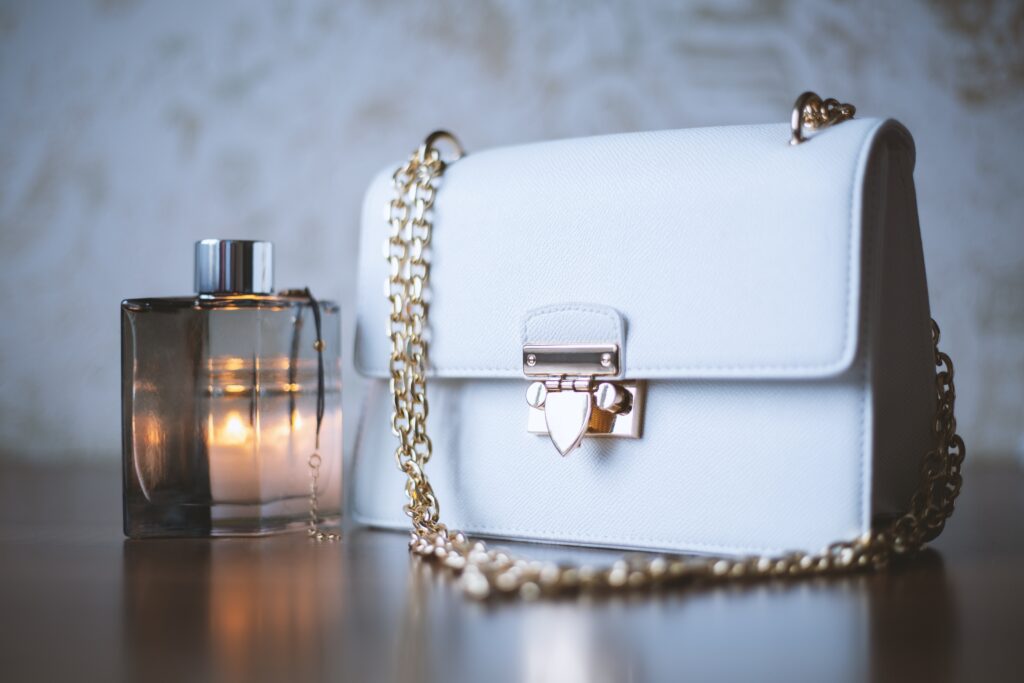
Perfumes, hairspray, and other beauty products can stain or damage handbag surfaces. The alcohol and chemicals in these items may cause discoloration or dryness. Always apply products before picking up your bag.
Storing handbags away from bathroom counters or vanity tables is also smart. This reduces the risk of accidental spills or contact with sprays. A few inches of distance can protect a handbag from permanent marks.
Never store in plastic bags

Plastic bags trap moisture and prevent air circulation. Over time, this can cause mold or stickiness on a handbag’s surface. Plastic also clings tightly, which may damage delicate finishes.
Breathable storage options like cotton covers or dust bags are much safer. These allow the material to stay dry and fresh. Avoiding plastic altogether is a key part of long-term care.
Repair small damages quickly
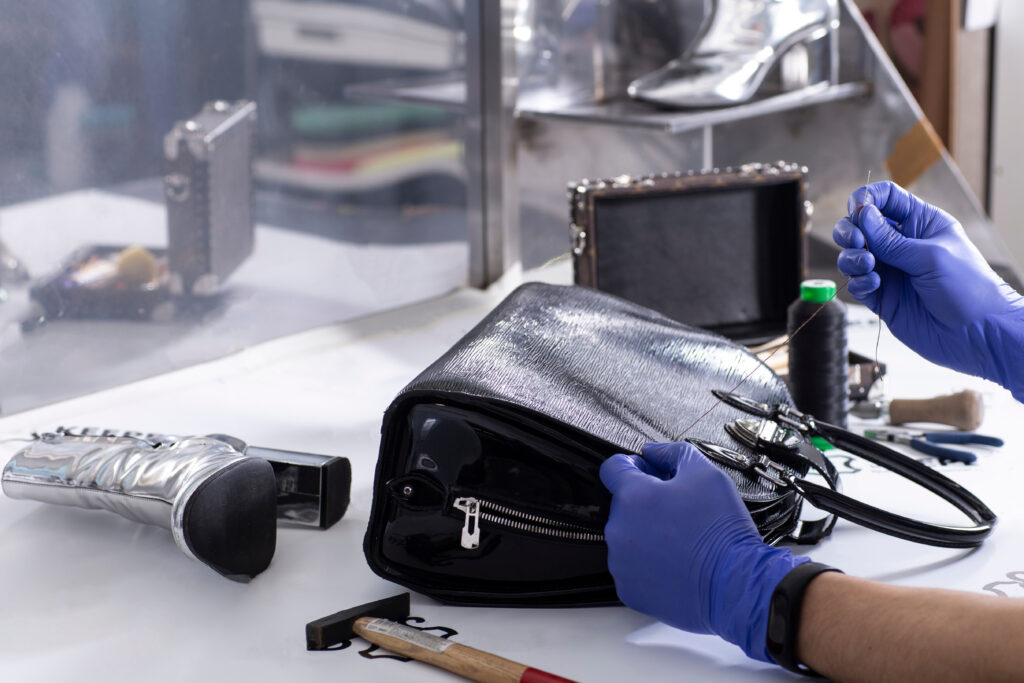
Minor scuffs, loose stitching, or tiny tears can worsen if left unattended. Addressing them early prevents bigger repairs later on. Simple fixes can often be done at home with gentle tools.
For more delicate issues, take the handbag to a professional repair service. Small repairs are usually easier and less costly than full restoration. Prompt attention helps preserve both beauty and function.
Use handbag inserts or organizers
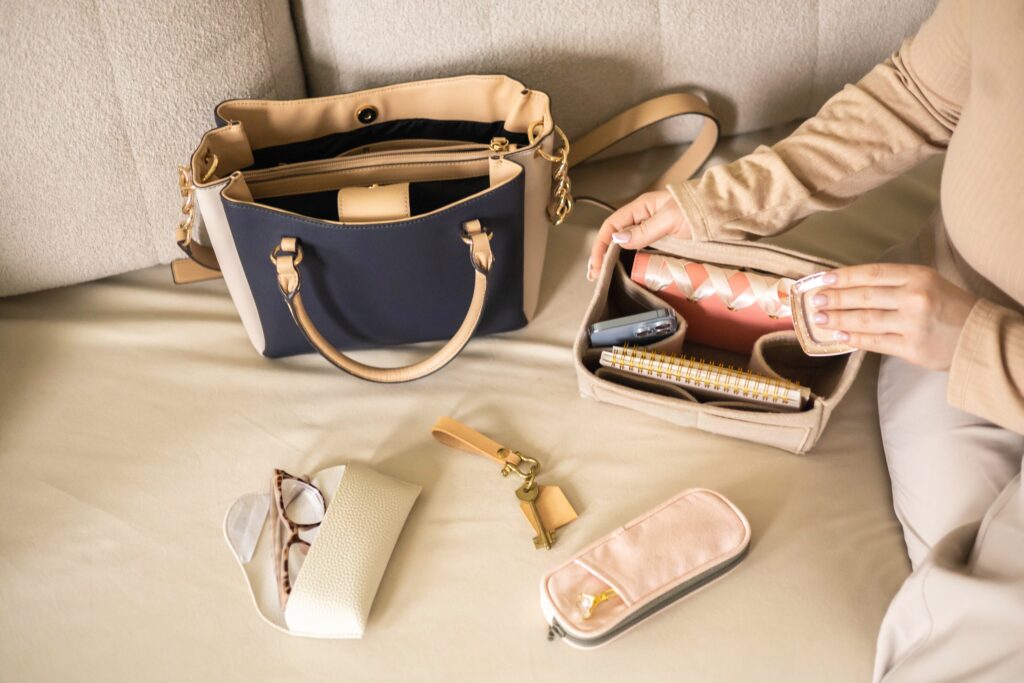
Handbag organizers keep contents in place and help distribute weight evenly. This prevents seams from stretching under uneven pressure. Inserts also make it easier to switch items between bags.
Many organizers come in soft materials that won’t damage the interior. They give structure to slouchy bags and protect delicate linings. A good insert helps maintain both form and function.
Keep away from direct heat sources
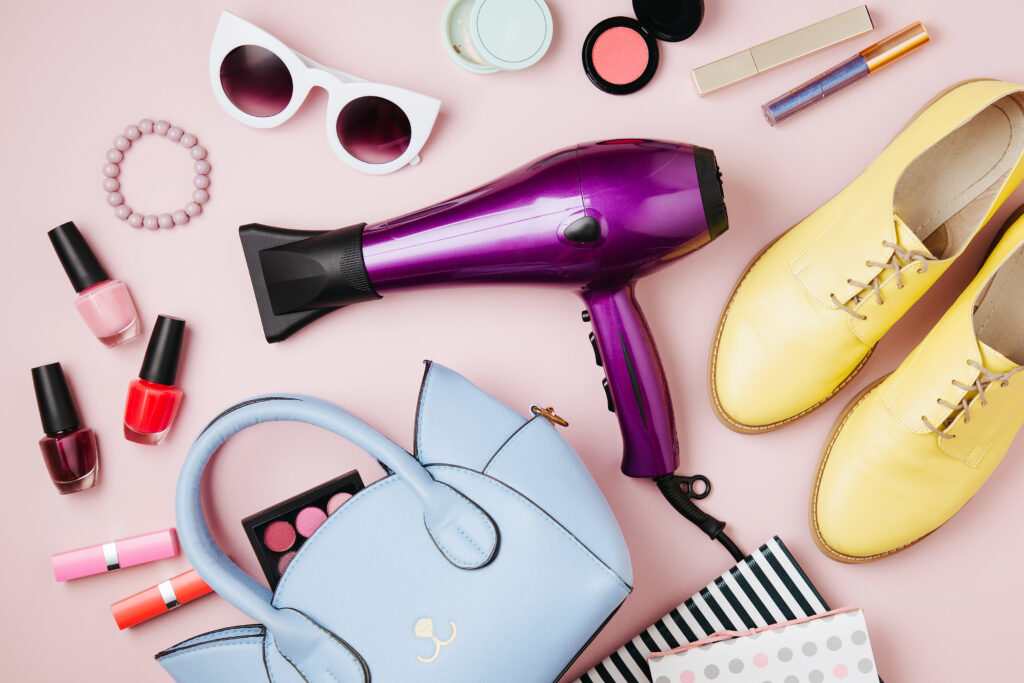
Heat from radiators, heaters, or even hair dryers can dry out and damage handbags. Leather may crack, and fabric can weaken under constant exposure. Keep storage areas away from these sources.
If a handbag gets wet, let it dry naturally at room temperature. Using artificial heat speeds up drying but harms the material. Patience in drying keeps the bag intact and safe.
Store upright whenever possible

Handbags keep their structure best when stored upright. Laying them flat or piling them can cause dents and pressure marks. Shelves with enough space for each bag work best.
To help with balance, use tissue paper or soft fillers. This prevents slouching and keeps the original shape. Standing handbags upright makes them easier to access while protecting their form.
This article originally appeared on Avocadu.
